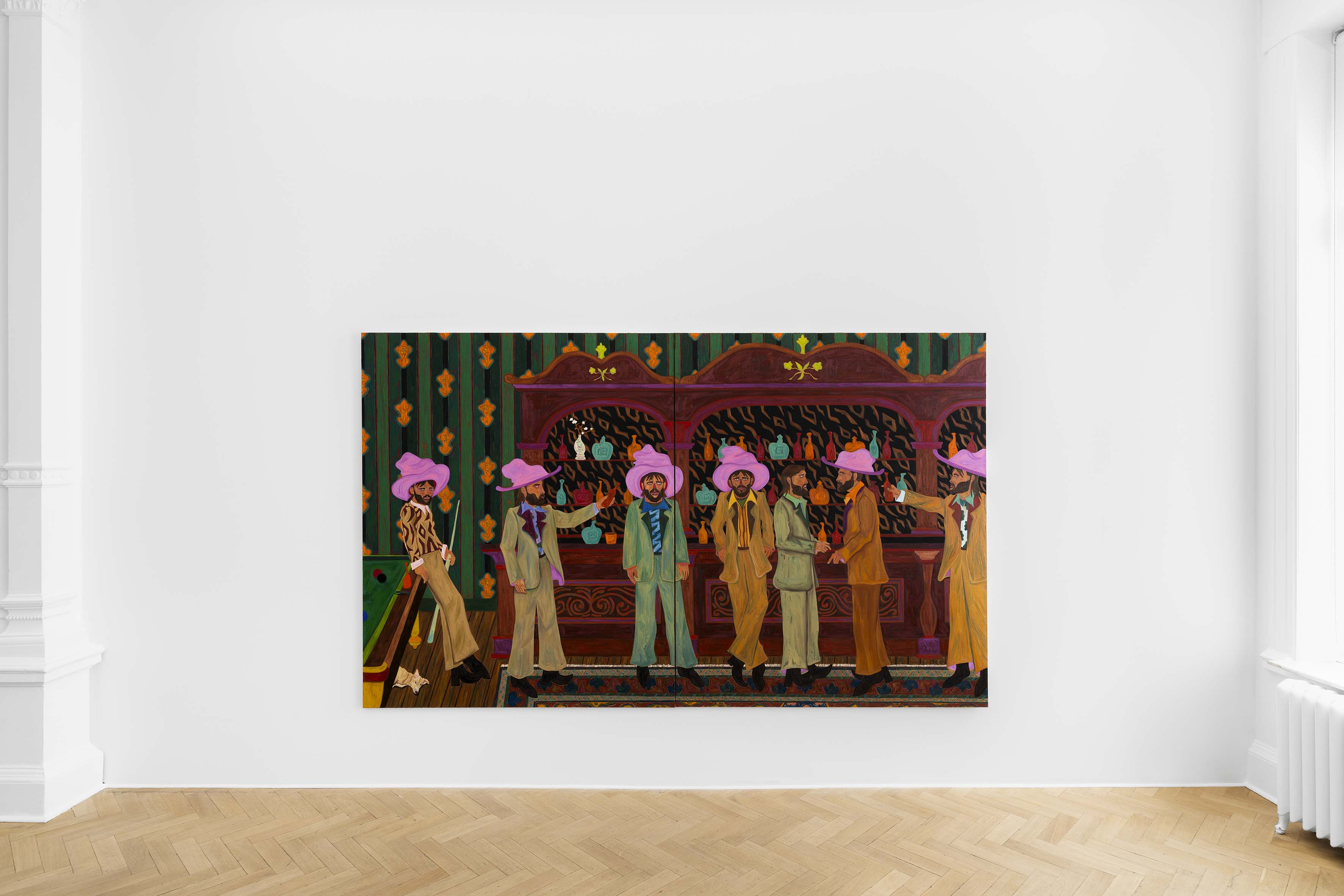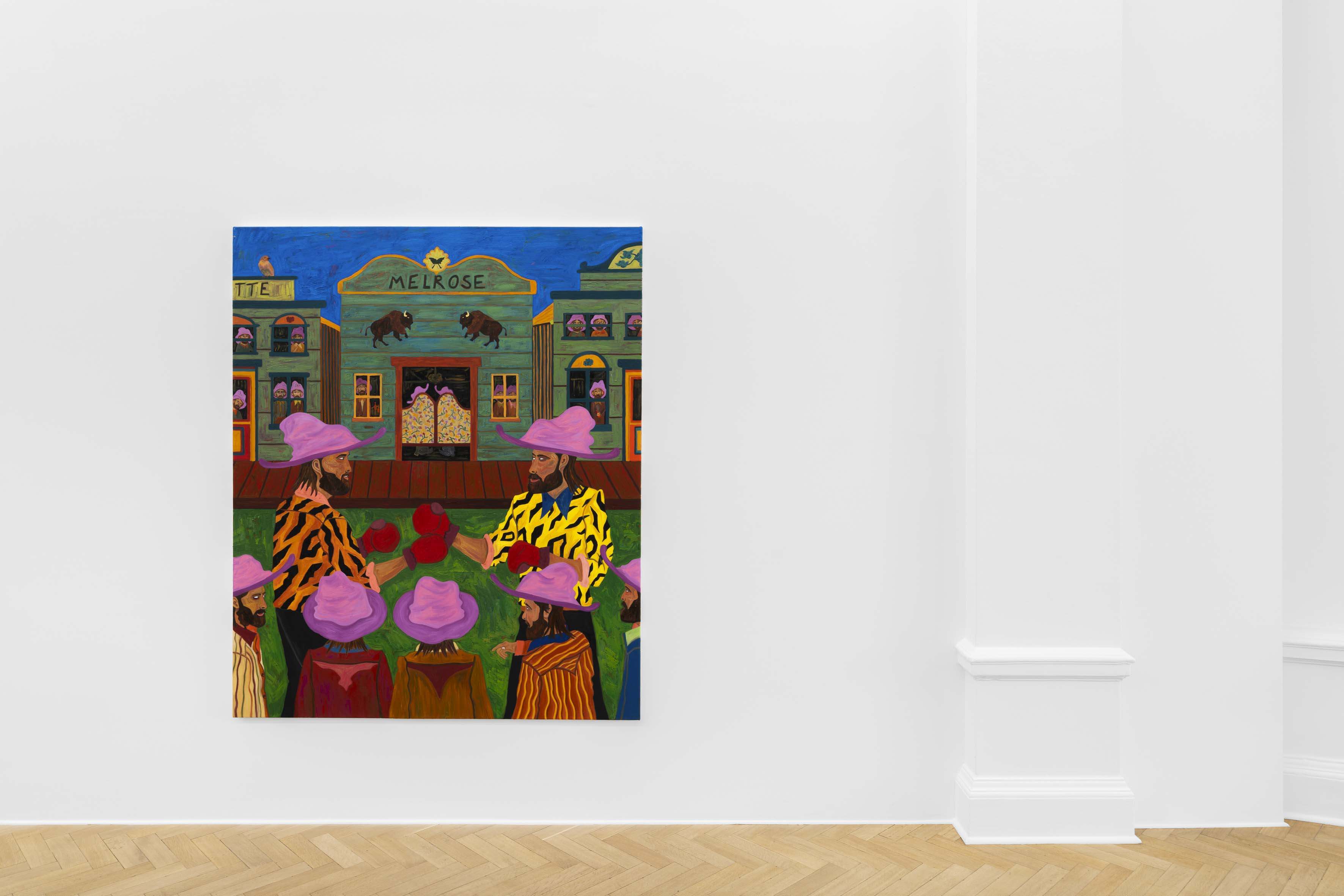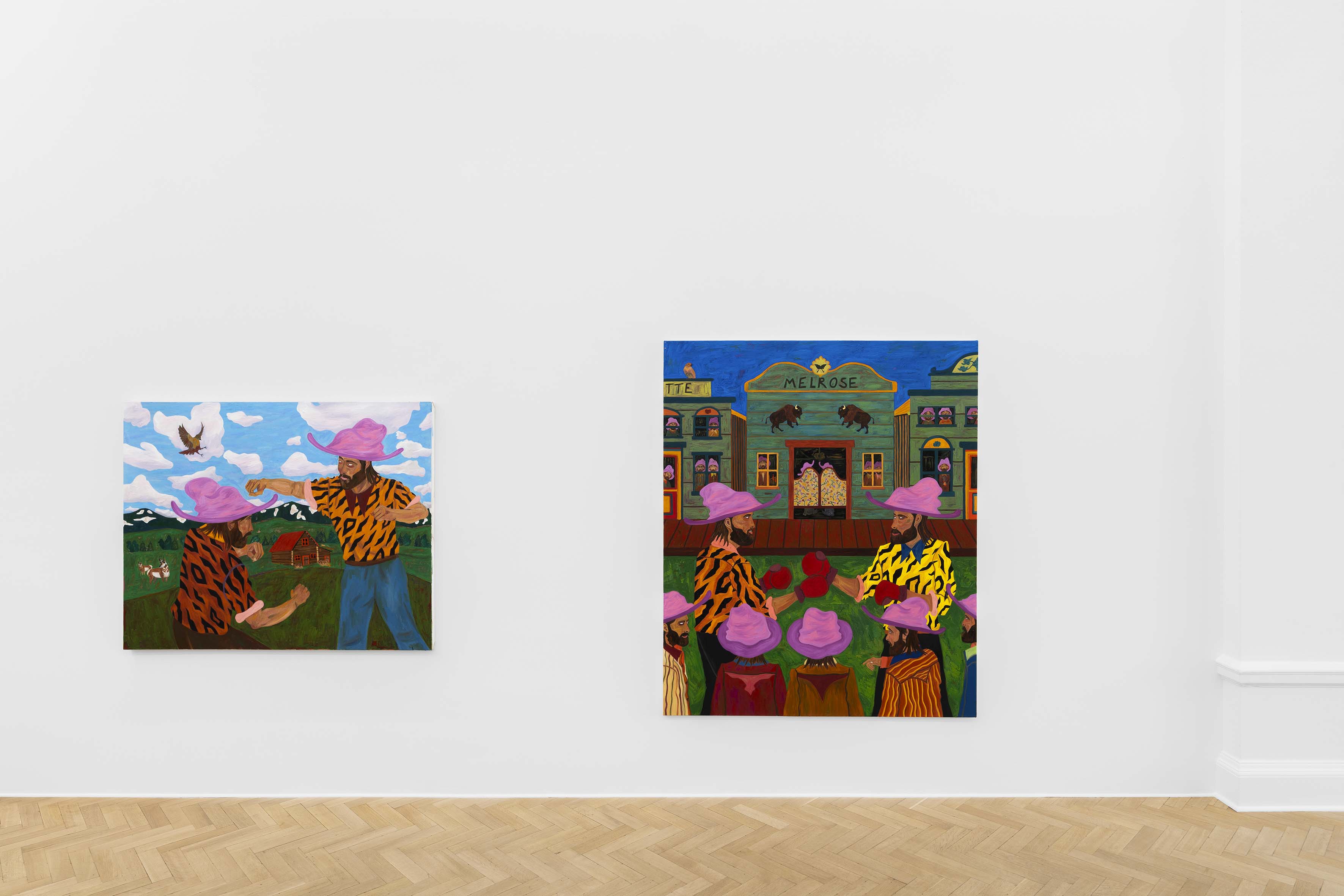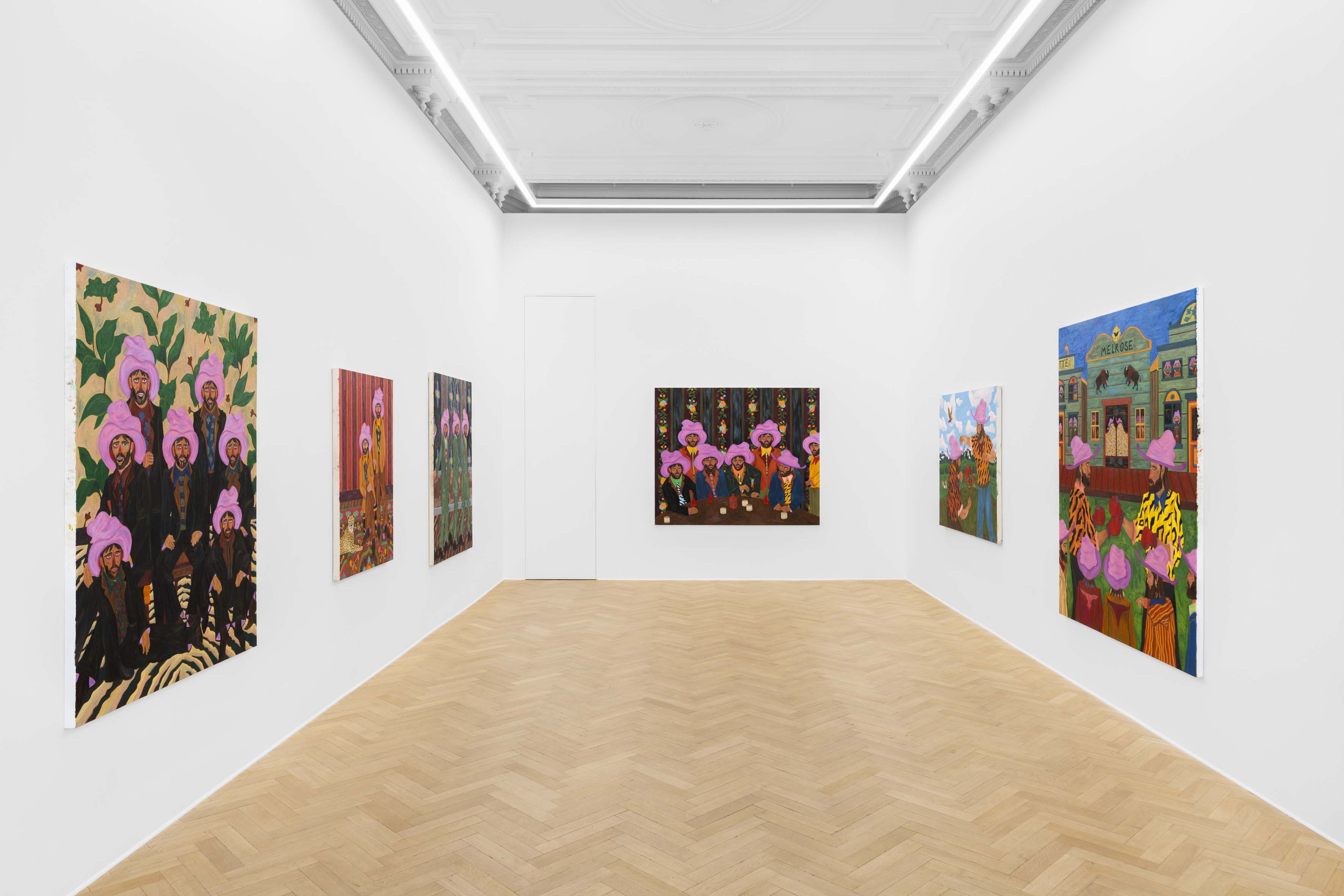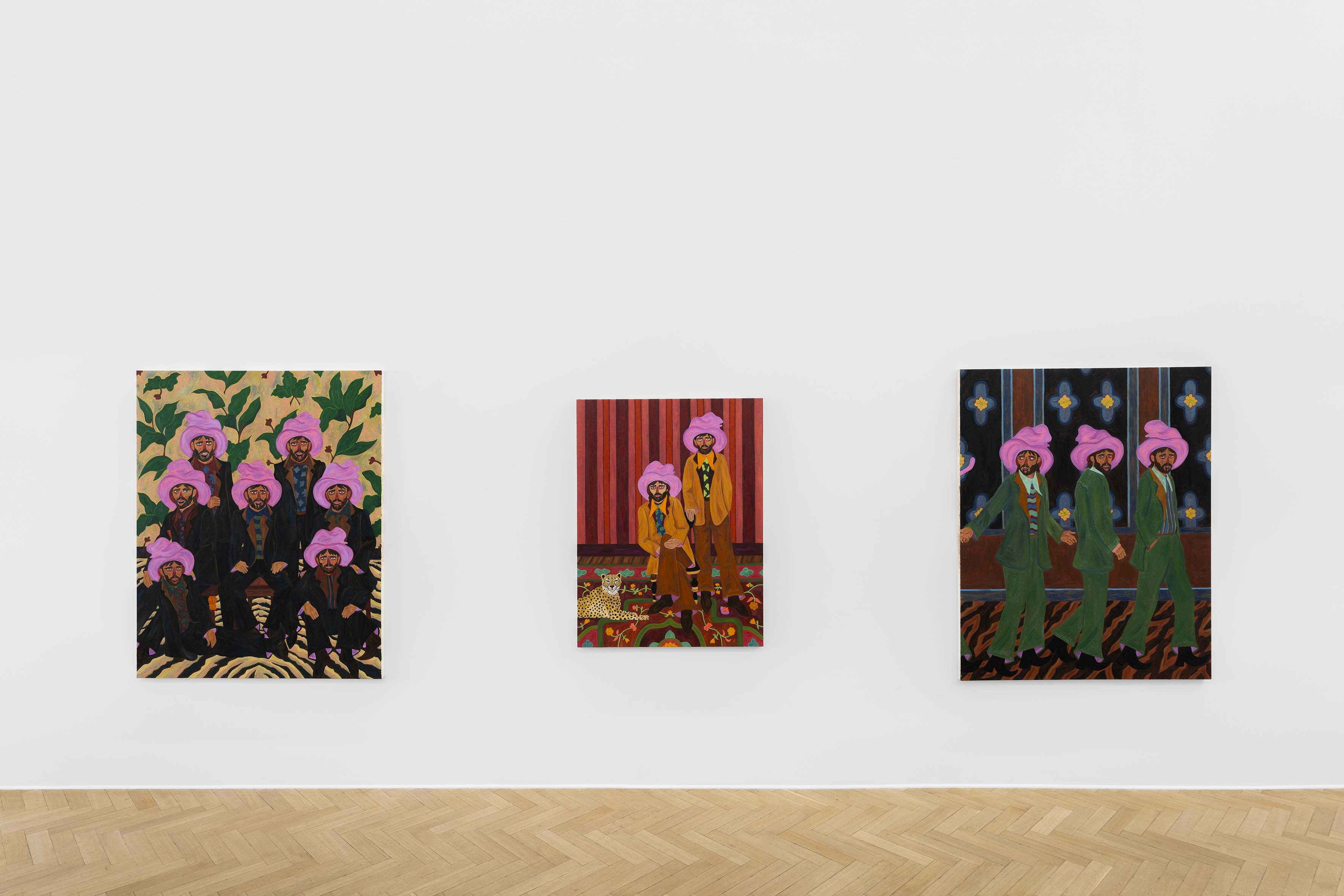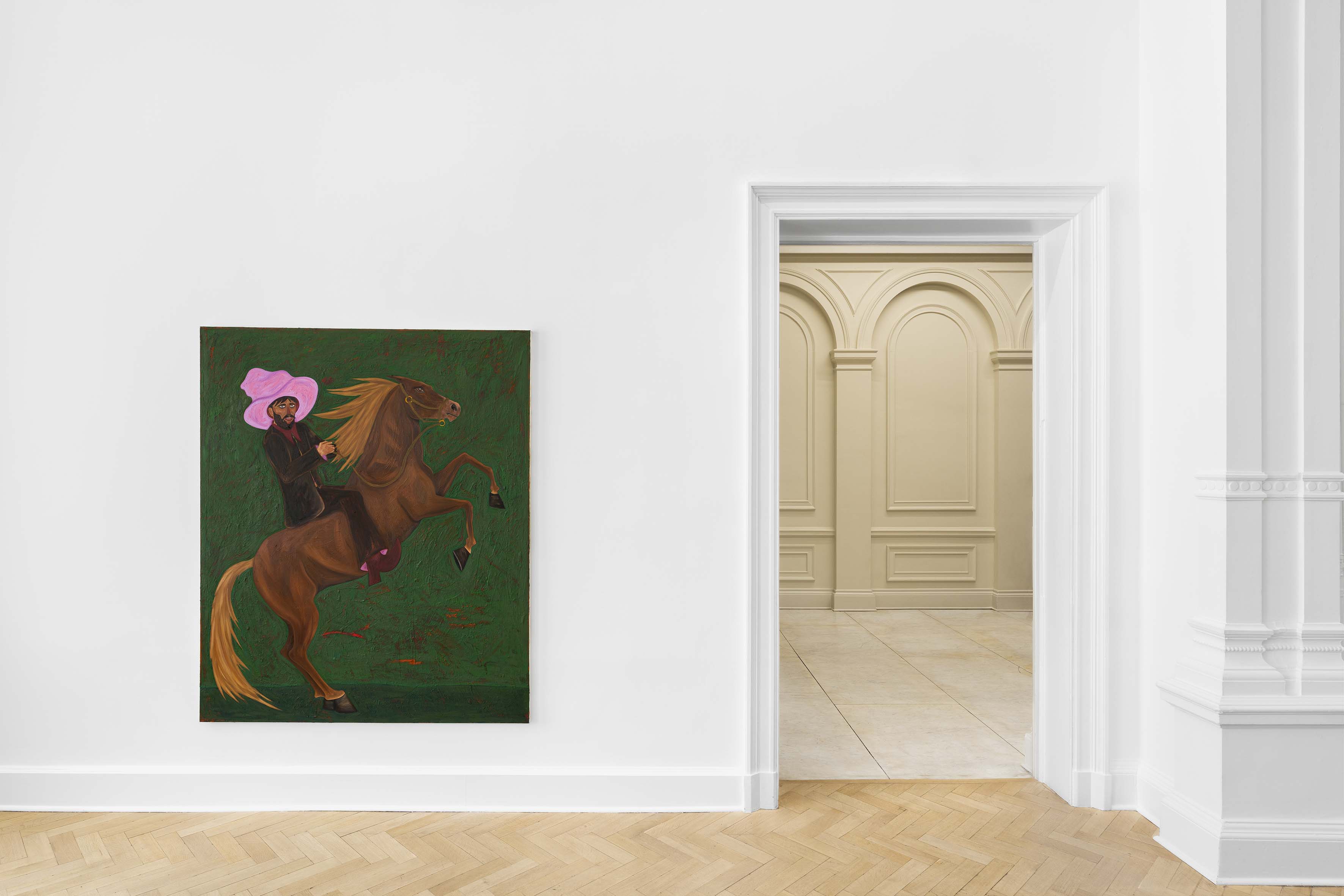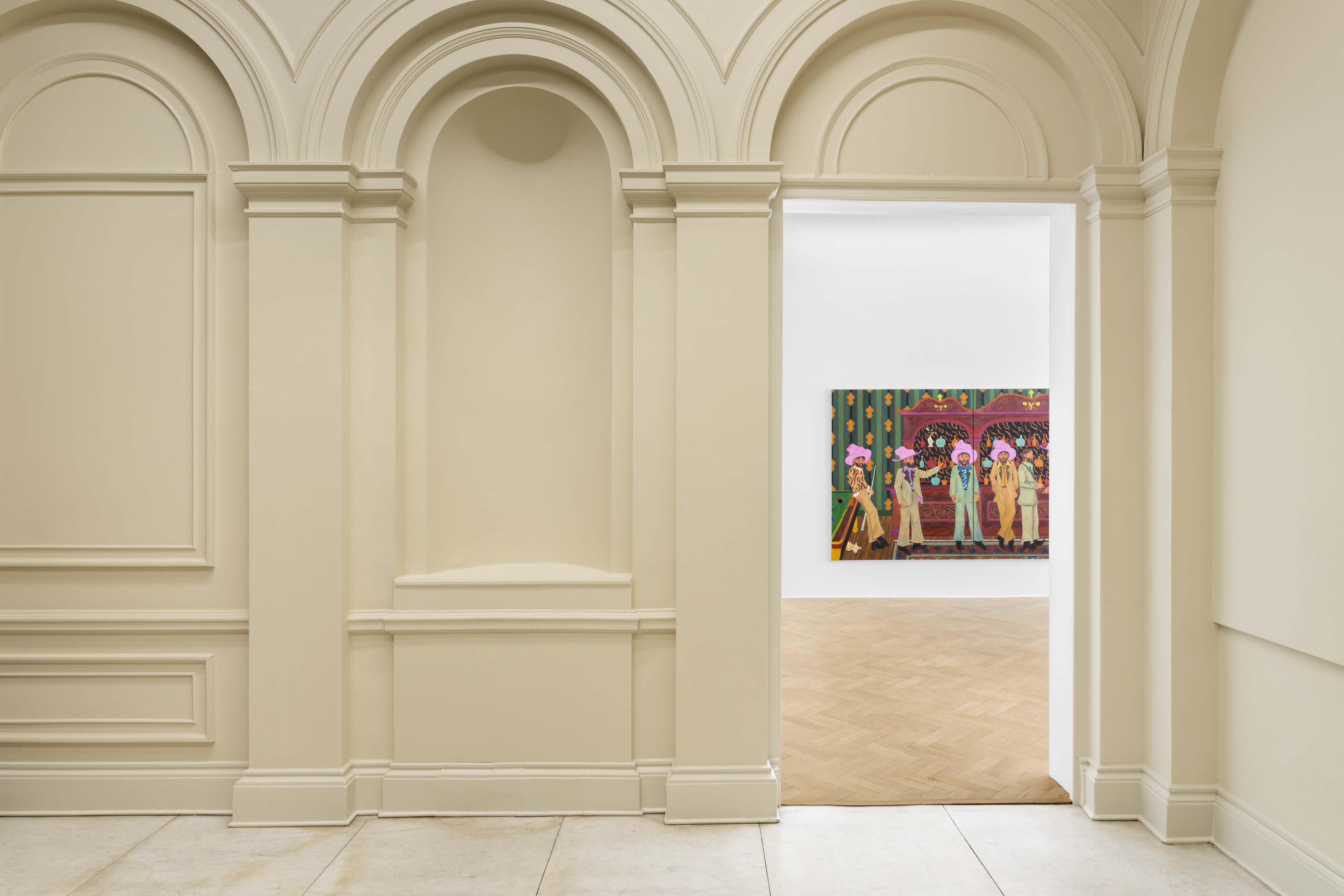
About
Ben Crase was born in Butte, Montana. He grew up in this frontier mining town formerly known as the "richest hill in the world" where, at the turn of the 19th century, prospectors poured in abundance, attracted by the riches buried in the mountains. His family comes from this history and the artist, self-taught painter is inspired by this dark past to bear witness to it, but also to reappropriate it and give another angle of perception.
The saloons and hotels of Butte form the world of Ben Crase?s paintings and the characters who frequent them his subjects. His paintings question the way we describe this period of modern American history. In large oil and oily pastel compositions, Ben Crase?s Neo-Nabi painting uses pure and vivid colors, exaggerating reality. He gives to his paintings his own decorative and symbolic logic offering a superposition of backgrounds, tapestries, decorations, costumes, textures and figures that transform his paintings into quasi-cinematic scenes.
Who is this character with the big pink hat? Is it the same character with infinitely multiplied? Is it the artist himself? Who is this multiplicity whose looks seem to be outside the frame of the picture? Are they asking or staring at us with insistence? What story is he telling us?
The usual icons of masculinity are replaced by the sleepless looks of tired souls, stumbling from one bar to another, the dust of the destroyed hills settling around their boots. An absurd, almost clownish figure, whose warped outfits they are dressed in, lead us to wonder if the cowboy is really this strong man, alone and hero of a complex myth.
The emblematic figure of the cowboy symbol of the conquest of the West is an image in reality abused. Lonely heroes contribute to the myth of the Wild West, the reality of the cowboy is all else. Often coming from minorities, they are poorly paid and despised by the American bourgeoisie and ranch owners, spend their wages in saloons and brothels, moving at the whim of transhumances, unattached, vagrants.
This is the whole difference between the subject and its expression. Ben Crase is part of a quasi-fauve filiation to painting. A direct quote can be found at Matisse?s ?La femme au chapeau?. Using a disproportionate characteristic accessory, the painter makes sure to talk about something other than his subject. And Ben Crase diverts attention from what could equally be as many variations on himself in characters. An infinite series of self-portraits in the hat. His characters are no longer alone, they are together, sometimes fight, but are especially comrades, tend towards sympathy.
Ben Crase?s painting revisits the complex myth of one of the American heroes.
